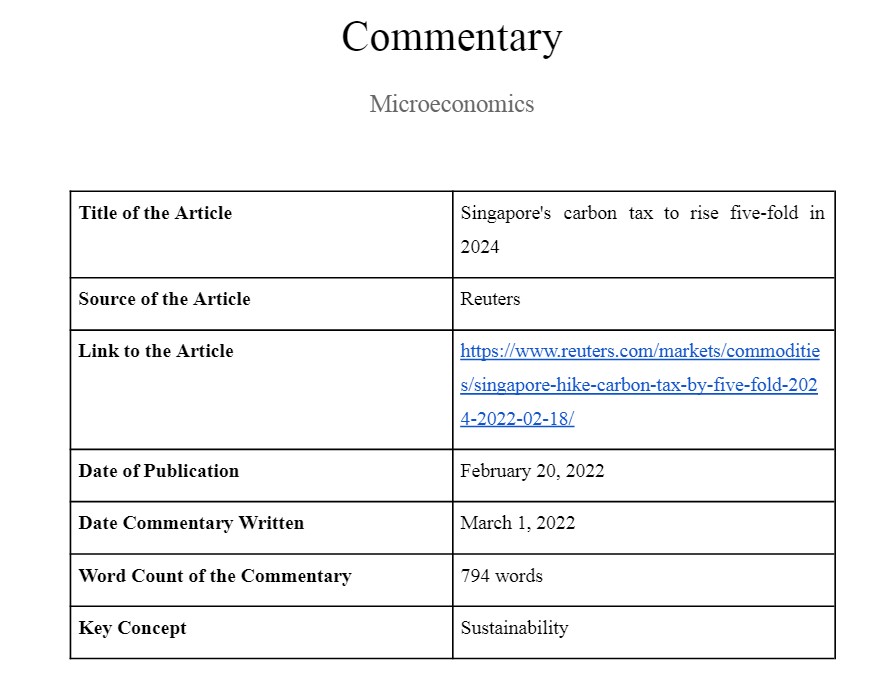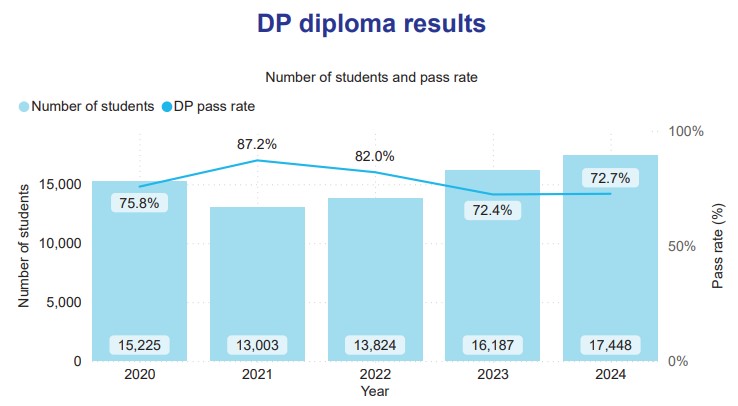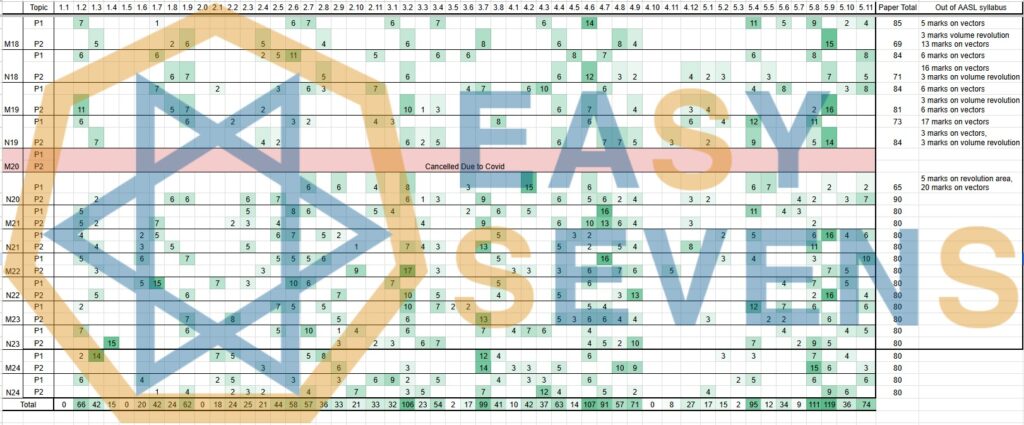In the realm of IB Economics, the Internal Assessment (IA) stands as a pivotal challenge for students. Beyond the constraints of a mere academic exercise, it demands an intricate dance with economic theories, problem-solving, and evaluation prowess. In this guide, our IB Economics tutor will unravel the secrets to ace your Economics IA, providing step-by-step instructions paired with invaluable insights.
Key Considerations Before You Begin
When diving into the depths of your IA, keep these key considerations in mind:
- Words are Precious: Prioritize your analysis and evaluation over unnecessary details. Aim for conciseness without sacrificing depth.
- Unit Focus: Stick to one unit of the course—Micro, Macro, or Global. Resist the urge to meander between units; the IA is about delving deep into a specific aspect rather than showcasing broad linkages.
- Less is More: Given the stringent word count (800 words), focus on developing one or two diagrams and evaluate a single potential solution.
- Defining Terms: Use economic terms exclusively. Offer definitions sparingly, ensuring they follow the usage of the term in a sentence.
- Diagram’s Power: Diagrams are your visual narrative; use them wisely. Label, shade, and explain intricacies, creating a comprehensive snapshot of the economic landscape.
The Economics IA Structure
1. Econ IA Key Words (150 Words)
Begin with a compelling start, avoiding lengthy introductions and quotes. Embrace the economy of words while introducing at least four course-specific terms. Definitions, though not mandatory, can enhance clarity. Ensure your language leans towards economic terms, providing a convincing display of your familiarity with the subject.
Pro Tip: Include a succinct definition of your key concept.
2. Draw the Diagram (0 Words)
Harness the power of visuals to portray the problem and proposed solution. The diagram’s titles, labels, and intersections hold immense weight. Optimize this space to narrate your economic story with precision.
Guidelines for a Stellar Diagram:
- Use a comprehensive title like “The Market for Apples in Ontario.”
- Label all lines, mark intersections, and fully annotate areas.
- Indicate exact prices and quantities, offering a clear snapshot of the economic dynamics.
3. Fully Explain Your Diagram (200 Words)
Avoid the pitfall of assuming reader expertise; meticulously explain each step of your diagram. Take the reader on a journey, elucidating the significance of every shift and intersection. A step-by-step breakdown ensures clarity and comprehension.
IB Economics IA Example: “The leftward shift of the supply curve means that, for any given price, less is supplied. This creates excess demand at the original equilibrium price, putting upward pressure on price. Producers, receiving the signal, increase prices accordingly.”
4. Develop Your Explanation (150 Words)
Extend your explanation beyond the diagram. Delve into the nuances, highlighting any divergence between theoretical predictions and real-world occurrences. Showcase a profound understanding of the theory, dissecting its applicability to the case at hand.
Dig Deeper: Explain how external factors might deviate the actual scenario from theoretical expectations. Showcase linkages between different facets of the theory, elevating your explanation.
5. Evaluate the Proposal/Solution/Problem (300 Words)
Every economic case encapsulates a problem, and your IA is the arena for evaluating a proposed solution. Employ at least three different evaluation approaches (CLASPP), intertwining assumptions of the theory. Choose the most viable solution for evaluation, making a compelling case for its efficacy.
Strategic Evaluation:
- Use CLASPP approaches (C-Conclusion, L-Long and Short Term Effects, A-Assumptions, S-Stakeholders, P-Priorities, P-Pros and Cons) for a comprehensive evaluation.
- Integrate assumptions of the theory, showcasing its limitations in real-life scenarios.
- Establish a strong evaluative link to your key concept, reinforcing the coherence of your analysis.
Conclusion
In mastering the art of crafting an impeccable Economics IA, precision and depth are your allies. Every word, diagram, and evaluation should contribute to a cohesive narrative that transcends the constraints of word count. Remember, it’s not just about meeting the criteria but about showcasing your prowess in understanding, analyzing, and evaluating economic phenomena.
Bibliographies are not obligatory, but they can add a touch of professionalism. If included, they won’t contribute to the word count, making them a valuable addition without compromising brevity.
If the article lacks a proposed solution, you can suggest and evaluate an alternative. Ensure it aligns with the context and is logically derived from economic principles.
Prioritize impactful details over unnecessary elaboration. Each word should contribute to the overall depth of your analysis, creating a succinct yet profound narrative.




